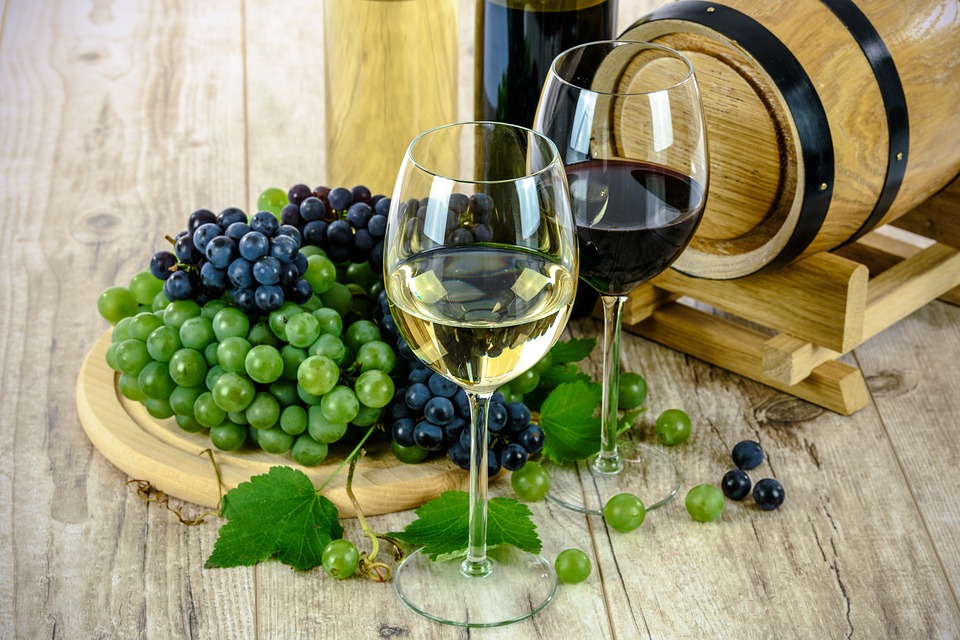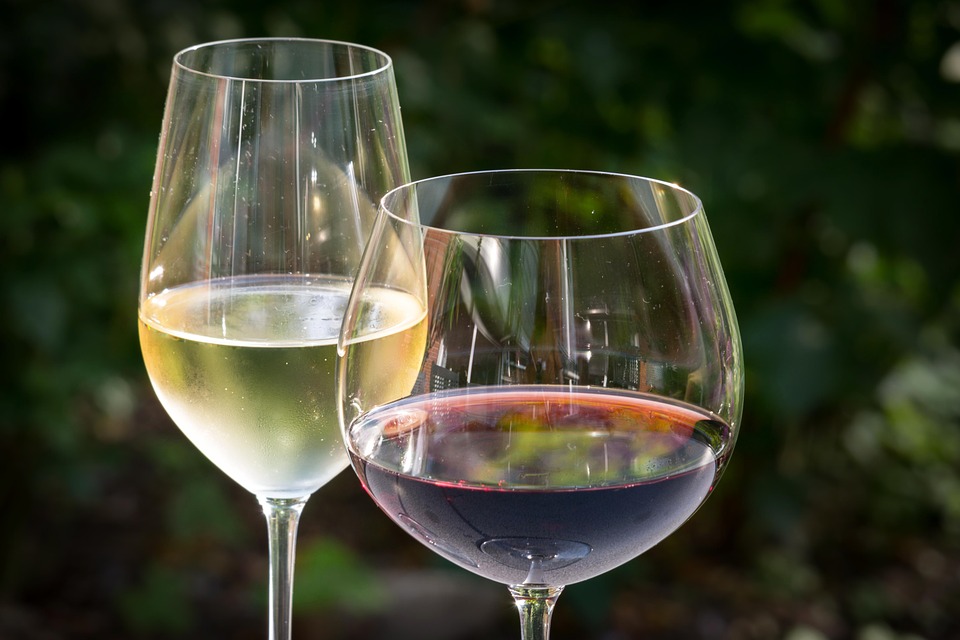Wine, that drink that automatically makes you feel a little more mature and like an adult who has their life together, but that can also taste like everything wrong in your life at the same time. Dramatic, aromatic, mature, and savory all great words if you understand why they are used to describe the wines that they are, and why other wines have words like light, fruity, off-dry, and light body.
I feel like if I am going to give you the best list for a beginner in the wine world, then I need to take a few minutes explaining some of the terms used to describe wine. To help you understand why some wines are better then others for beginners, and to help you be able to pick out what characteristics you like so you can pick out your own wine collection with complete confidence and ease.
In the world of wine and wine tasting, there are four main categories that are used to describe a wine and help to group wines with similar characteristics together. The categories are the fruit level, the body profile, the sweetness level, and the finish. Within each of these categories there are terms that help to separate all wines into groups for each individual category.
The first category, the fruit level, has two main terms, savory and fruit forward. Savory gives us the feeling of something very earthy, rustic, but for wines it also means that these wines are not very sweet fruit flavored. Now that isn’t to say they don’t have fruit flavors, I would say that most do, just more on the tart, sour, or bitter side. Fruit forward on the other hand are very sweet fruit-driven flavors and scents, but don’t expect this wine to taste like a ripe apple, they are still wines and will still have a tiny bite of that wine flavor.
Body profile is the next category, and it has been separated into three main areas: light body, medium body, and full body. Light body wines are known to feel more like a delicate, unsweetened herbal tea, and will bring terms like crisp, thin, and airy to mind.
Medium bodied wines are more typically then not, red wines that can be described as tart but also mellow or soft, or are also known as food wines because they are so easily paired with food. Full bodied wines are almost always red wines, and these particular red wines are often better tasting when not paired with food because of how rich and bold the wines flavors are on their own.
Sweetness level is kind of self explanatory in that it is judging how sweet tasting the wine is, but the main thing here is that we normally characterize how sweet something is and place it into one of four levels, bone dry, dry, off dry, and sweet. Bone dry wines have no sweetness to them at all really, and are normally described as being bitter, much like a grapefruit.
Dry wines are also not described as being sweet, but the tartness or bitterness is much less then what you would find in a bone dry wine. Off dry wines are typically white wines that will have a flavor that is neither sweet nor tart or bitter. Sweet wines are just that, sweet tasting, and are more commonly known as dessert wines.
The finish level is the last real way to categorize wines. This is broken down into four sections, smooth finish, spicy finish, and bitter finish. Smooth finish for a wine is actually broken down into its own areas, tart finish – many will begin with a somewhat tart fruit flavor and will end with bitterness, sweet or smoky sweet finish, and dried fruit finish.
Spicy finish is most easily related to the burning feeling in your nose when you are eating something like horseradish, and these wines are typically described as being sharp or peppery in their finishing flavors. Bitter finish isn’t so much about how much your mouth puckers from a sour or bitter taste, as it is about the feeling and sensation of something scraping alongside the inside of your cheeks and over your tongue.
Now that you know a little bit more about how to tell the different kinds of wines apart based on the tasting categories, here is a list of just a few of the best white and red wines to start with.
White Wines
1. Sauvignon Blanc
A great light bodied, white wine that is simple in flavors and has a wonderful, crisp, refreshing taste of kiwis and citrus.
Recommendations: Frog’s Leap Napa Valley Sauvignon Blanc 2016 ($22), The White Knight Sauvignon Blanc 2014 ($11), Whitehaven Sauvignon Blanc 2017 ($16)
2. Moscato d’Asti
An off dry white wine that is full of flavors ranging from apricots to almonds, and is a slightly fizzy, sweet, crisp, and juicy drink that is perfect for summer.
Recommendations: Vietti Cascinetta Moscato d’Asti 2017 ($16), Saracco Moscato d’Asti 2017 ($15), Ruffino Moscato d’Asti 2016($14), Mia Dolcea Moscato D’Asti 2016 ($14)
3. Pinot Grigio
Light bodied and crisp make this white wine one of the easiest and most user friendly wines out there right now.
Recommendations: Jermann Pinot Grigio 2015 ($23), Peter Zemmer Pinot Grigio 2016 ($18), Tiefenbrunner Pinot Grigio 2016 ($16)
Red Wines
4. Pinot Noir
A light to medium bodied red wine is probably the easiest to introduce and love simply because of how wonderfully it pairs with pretty much any food.
Recommendations: Mirassou Pinot Noir 2015 ($8), Meiomi Pinot Noir 2016 ($19)
5. Spanish Garnacha or Grenache
A medium bodied red wine that is full of bright citrus and berry flavors ranging from grapefruit or orange to raspberry and cherry.
Recommendations: Garnacha de Fuego Rose 2016 ($10), Sierra Cantabria Garnacha 2012 ($22), Las Rocas Garnacha 2015 ($13), Bodegas Ateca Honoro Vera Garnacha 2016 ($8)
6. California Zinfandel
Somewhere between a medium and full bodied red wine, this one is full spiciness in the flavors of pepper and cinnamon, but that is not the only flavors with raspberry and chocolate being present as well.
Recommendations: Rombauer California Zinfandel 2016 ($18), Beran California Zinfandel 2014 ($19), Ravenswood Teldeschi Vineyard Zinfandel 2014 ($27), Ravenswood Vintners Blend Zinfandel 2015 ($9)

